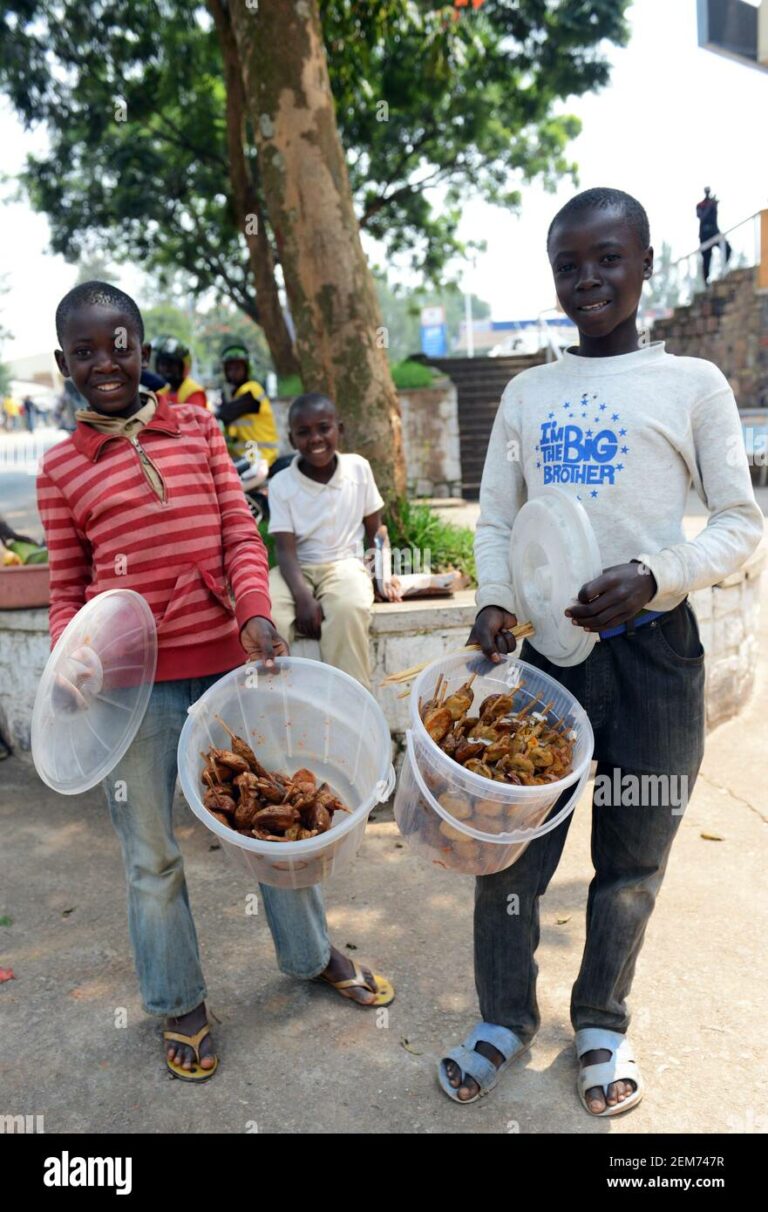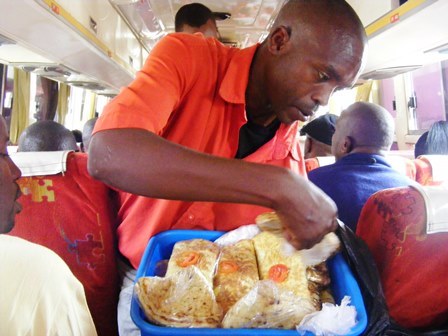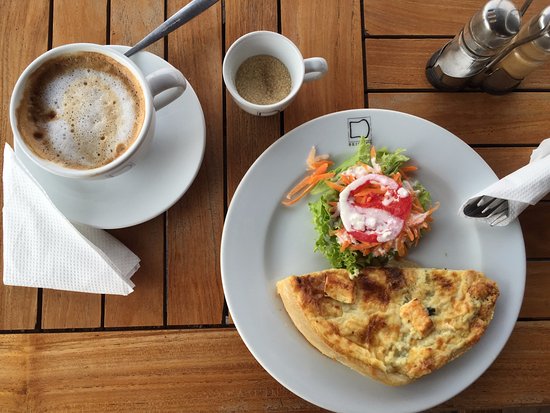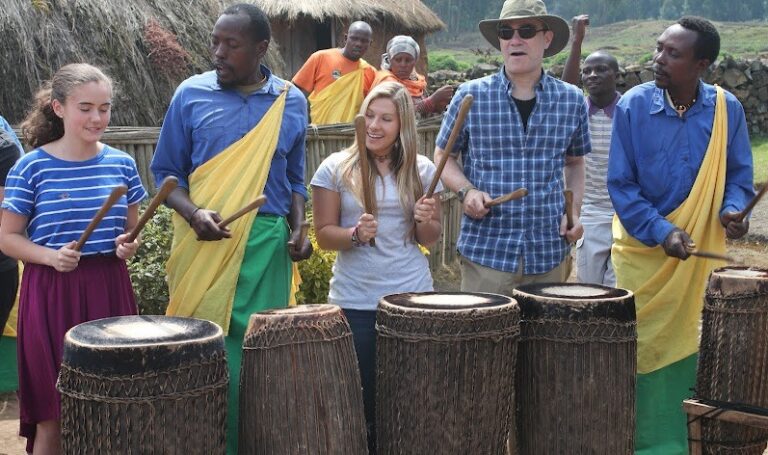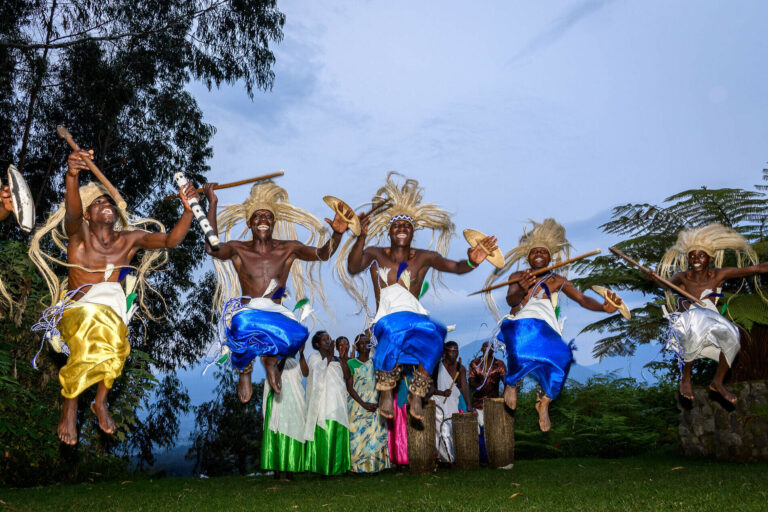Introduction to Rwandan street food culture
Rwandan street food is a vibrant and diverse aspect of the country’s culinary culture. The street food scene in Rwanda is characterized by a wide range of delicious and affordable dishes that reflect the country’s history and geography. Rwandan street food vendors are often found in busy markets, on street corners, and along major highways. They cater to the needs of locals and tourists alike, offering tasty and authentic dishes that showcase the best of Rwandan cuisine.
Top 5 street food items to try in Rwanda
Rwanda is home to many delicious and unique street food dishes that you must try when visiting the country. Here are the top five must-try street food items in Rwanda:
Ubiquitous dish: brochettes and its variations
Brochettes are a popular street food in Rwanda and can be found almost everywhere. They are skewered meat (usually beef or goat) marinated in a spicy mixture of herbs and spices and grilled over charcoal. Brochettes can be served with a side of chips, rice, or cassava. There are also variations of the dish such as chicken brochettes or vegetable brochettes for vegetarians.
Sweet and savory snack: mandazi and sambusa
Mandazi is a sweet and savory fried dough that is popular in Rwanda and can be found in most street food stalls. It is usually served with a cup of tea and is a perfect snack for those with a sweet tooth. Sambusa is another savory snack that is similar to Indian samosas. It is a deep-fried pastry that is filled with spiced vegetables or minced meat. Sambusa is a perfect snack for those looking for something savory.
A hearty breakfast: Rwandan-style chapati and beans
If you’re looking for a hearty breakfast, then Rwandan-style chapati and beans are a perfect combination. Chapati is a flatbread made with flour, water, and oil, while beans are usually cooked with onions, tomatoes, and spices. This dish is often served with a side of fresh vegetables such as tomatoes or cucumbers.
Exotic delicacy: grilled tilapia with plantains and vegetables
If you want to try something exotic, then grilled tilapia with plantains and vegetables is a must-try dish. Tilapia is a freshwater fish that is grilled to perfection and served with a side of boiled plantains and vegetables such as carrots, onions, and tomatoes. This dish is often enjoyed with a glass of cold beer.
In conclusion, Rwandan street food is a delicious and affordable way to experience the country’s culinary culture. From brochettes to mandazi, there are plenty of dishes to choose from. So, when you visit Rwanda, make sure to try these five must-try street food items.

